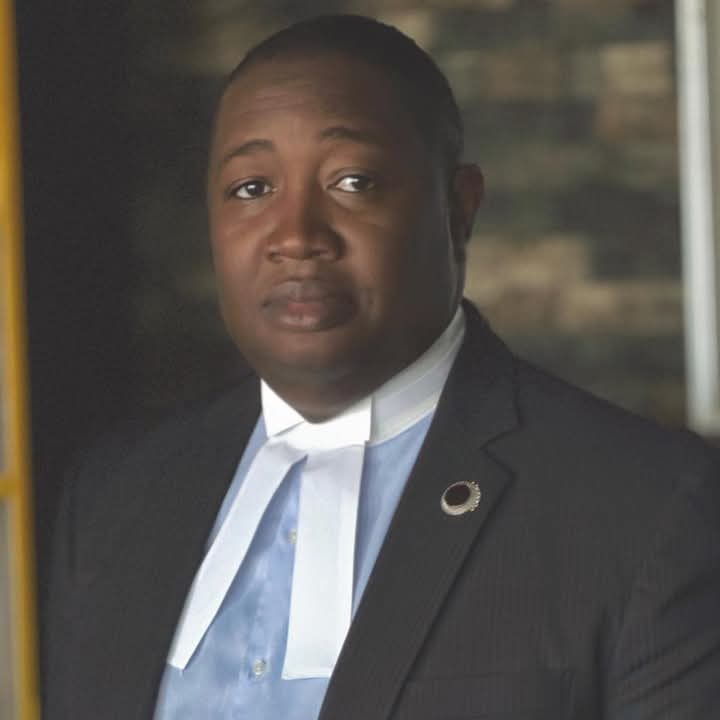The controversy surrounding the petitions for the removal of Chief Justice Gertrude Araba Torkonoo has ignited a fervent debate about the nature of the investigative process. Elikplim Agbemava, a prominent legal figure within the National Democratic Congress (NDC), has expressed reservations about the burgeoning calls for public hearings, arguing that such demands are short-sighted, potentially jeopardizing the integrity of the proceedings and the safety of witnesses. This clash between transparency advocates and those prioritizing procedural sanctity underscores the delicate balance between public access and the need for a fair, impartial investigation.
Agbemava’s primary concern centers on the potential ramifications of public exposure for those who provide testimony. He argues that whistleblowers and other witnesses might be deterred from coming forward if they fear public scrutiny and potential reprisals, particularly given the politically charged atmosphere surrounding the case. This chilling effect, he suggests, could undermine the committee’s ability to gather crucial evidence and ultimately obstruct the pursuit of truth. The question of witness protection becomes paramount, particularly in cases where individuals are exposing alleged misconduct within the highest echelons of the judiciary. Public hearings, in Agbemava’s view, could inadvertently create an environment of intimidation, silencing potential witnesses and compromising the integrity of the entire process.
Furthermore, Agbemava emphasizes the constitutional constraints governing the committee’s proceedings. He asserts that the constitution explicitly mandates in-camera hearings, thereby precluding any automatic right to public access. This legal framework, he argues, cannot be overridden by demands for transparency, however well-intentioned. He highlights the committee’s lack of authority to unilaterally publicize the hearings, suggesting that such a decision would require a formal petition to the committee itself, and potentially subsequent legal action through the Supreme Court if the petition is rejected. This adherence to established legal procedures, in his view, is essential to maintaining the rule of law and ensuring a fair and legitimate process.
Agbemava’s perspective introduces a crucial legal dimension to the ongoing public discourse. He cautions against prioritizing public sentiment over established legal frameworks, emphasizing that transparency demands cannot supersede constitutional provisions. He underscores the potential risks associated with public hearings, particularly concerning the safety and willingness of witnesses to come forward. His argument advocates for a cautious and measured approach, prioritizing the integrity and effectiveness of the investigation over immediate public access.
The debate surrounding the petitions exemplifies the inherent tension between the principles of transparency and due process. While public access to judicial proceedings is generally considered a cornerstone of a democratic society, certain circumstances, particularly those involving sensitive allegations and potential witness intimidation, may necessitate a more discreet approach. Balancing these competing interests requires careful consideration of the potential consequences of each course of action, weighing the public’s right to know against the imperative to protect the integrity of the investigation and the rights of those involved.
The ongoing discussion reflects a broader societal grappling with the complexities of transparency in high-profile investigations. While the demand for public access is understandable, especially in matters concerning public figures and institutions, it is essential to recognize the potential pitfalls. The case of the Chief Justice highlights the need for a nuanced approach that carefully considers all relevant factors, balancing the desire for transparency with the equally important principles of due process, fairness, and the protection of witnesses. As the committee continues its work, the debate is likely to intensify, further illuminating the challenges of navigating the delicate balance between public access and the demands of a just and effective legal process.


